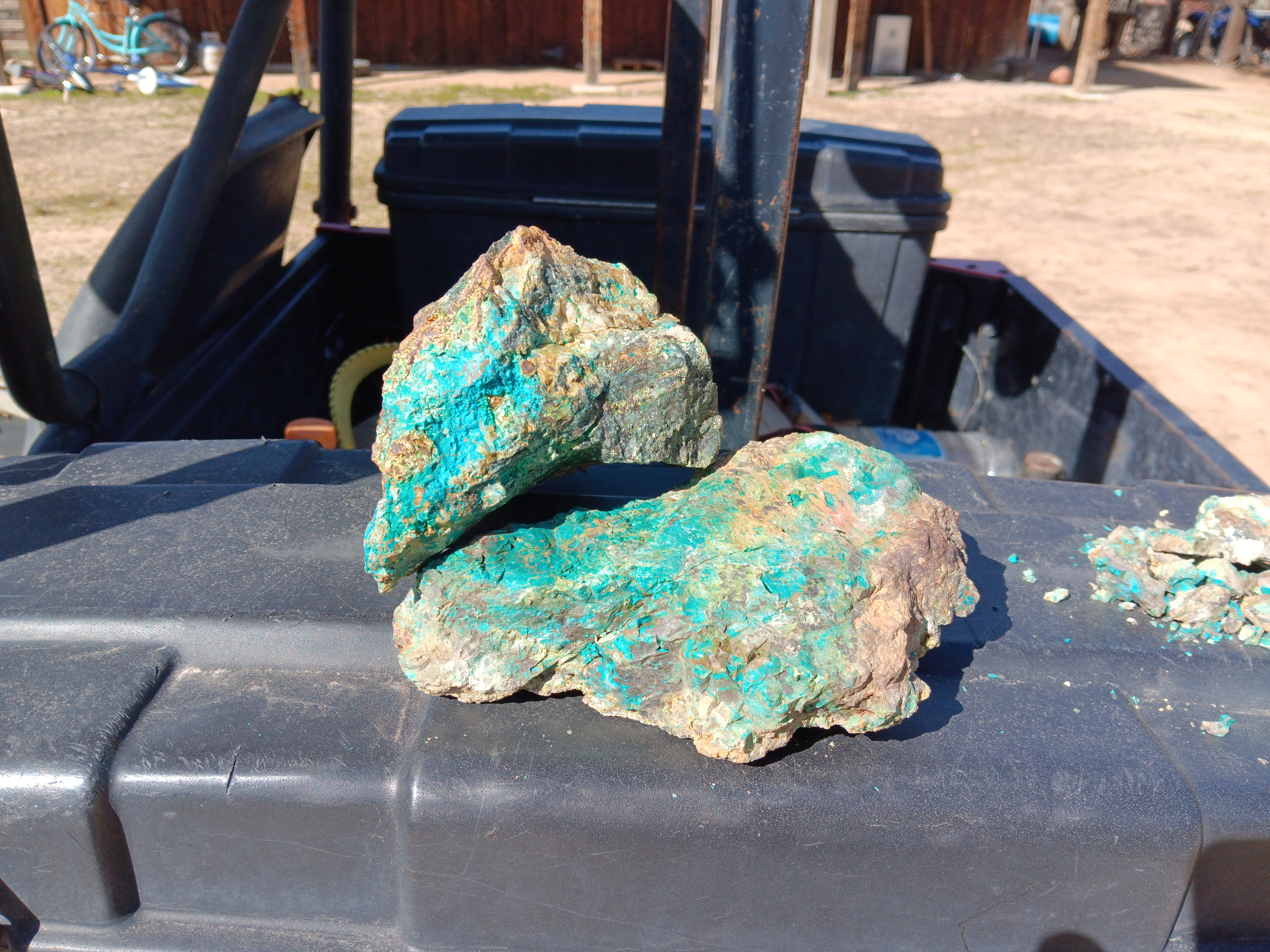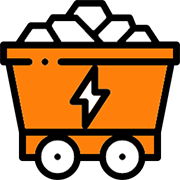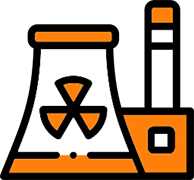Green Monster Property
Uncovering Nevada's Rich Mineral Deposits
At Glenstar Minerals, we are driven by the belief that the future of mining lies in innovation, responsibility, and strategic thinking. Our flagship project, the Green Monster Property, is poised to meet the growing global demand for critical minerals essential to renewable energy and electrification with channel sampling returning 3.77% copper, 3.06% nickel, 6.83% zinc, 0.21% cobalt along with anomalous uranium, lead and silver.
Cobalt
Copper
Zinc
Nickel
Uranium
Rare Earth Elements
Why Glenstar?
Pioneering Projects
700 +
35
- We are committed to environmentally responsible practices and fostering positive relationships with local communities.
- Leveraging advanced geophysical surveys, geochemical sampling, and targeted drilling, Glenstar is unlocking the next generation of resource discoveries.
What we Provide
We Offering Best Service

Green Monster
The company’s flagship project, the Green Monster Property, is located in Clark County, Nevada, and comprises 35 unpatented lode mining claims covering 600 acres. This project targets the exploration of nickel, cobalt, and copper deposits, essential for battery and renewable energy technologies.

Wildhorse
The Wildhorse Project is a grassroots stage discovery of polymetallic mineralization associated with the margins of a felsic, porphyritic intrusion of probable Tertiary age. The discovery was made by compilation of data including Anaconda Copper data, NURE stream sediment data and county scale geologic mapping.
What we have
Know More About Us
25
We have great skilled and the challenging working engineers.
Best mining machines use for exploration of the coal mining.
Hardworking staff and engineer's working in our company.
How it Work
Our Working Process
quia non numquam eius modi tempora incidunt.

Research & Mining

Design & Planning

Rise & Production

Closure & Reform
Our Work
Our Incredible Projects
350 +
Testimonial
What clients say about
“If you’re looking for a rewarding career and the chance to make an impact, you’ve come to the right place. We will transform your business through our techniques We will transform”

Lusicca Williams
“If you’re looking for a rewarding career and the chance to make an impact, you’ve come to the right place. We will transform your business through our techniques We will transform”

Richard Anderson
“If you’re looking for a rewarding career and the chance to make an impact, you’ve come to the right place. We will transform your business through our techniques We will transform”

Eliana Hernandez
client 1

client 2

client 3

client 4

client 5

client 6

Latest News
Press Releases & News
Stay up to date with Glenstar Minerals Inc.


